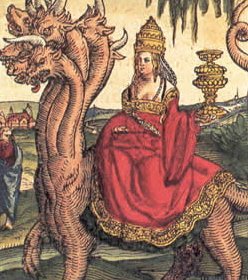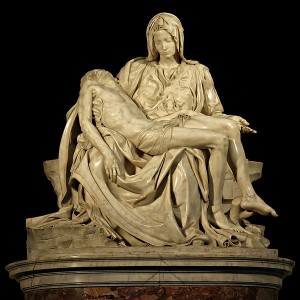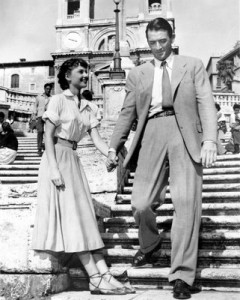
The Roman popular imagination has produced several legendary figures, including that of Pope Joan, who, according to the legend seems to have served as supreme pontiff for two years before being discovered.
During the centuries many people tried to identify Pope Joan with a real character, but in no official document of the Vatican archives we can find a Pope with this name. Its origins might come from the imaginary medieval legend in which women were the expression of the devil, thus the High Priestess may be the symbol of satanic temptation in the Church.
Several historical and literary work mention this character. The version that gives Boccaccio in his “De mulieribus claris” identifies the High Priestess with a young woman, Joanna Angelica, who disguised herself as a male and followed a monk to realise her big wish to study. When the monk died she refused to go home and resign to the life that was dedicated to women, so she decided to take the role of the monk. She soon distinguished herself among the other monks for theological wisdom and culture, so that during the conclave to elect a new Pope, the choice fell on her.
Like every Pope she was assigned a young priest as an assistant, who had to follow her everywhere. It didn’t took long before the priest discovered her secret, but he kept it.
Until the day when, during a procession, the High Priestess gave birth in the street, under the eyes of the indignant believers who lynched the woman and the newborn.
From that day on the Vatican ran for cover, providing that the newly elected pope had to sit on three chairs called “stercorarie” in succession, who had the seat cut crescent-shaped. The official reason was connected to the theological idea of the “Trinity”, but in reality the purpose was different: during the ceremony a cardinal had to touch the pope to confirm “without doubt” the gender of the successor of Peter.
Of the three chairs – which in reality were probably delivery chairs, symbolising the mother church of all believers – two are still visible: one is at the Vatican Museums, the other in the Louvre in Paris.












